Fool’s Parsley
Another poisonous fern leaved Apiaceae although this one is not considered as toxic as Hemlock. It is the only member of the Aethusa genus.
| Hedgerow Type | |
| Common Names | Fool’s Parsley, Fool's Cicely, Poison Parsley |
| Scientific Name | Aethusa cynapium |
| Season Start | Mar |
| Season End | Sep |
Leaves
A bit fern like with two to four pinnate divisions, the whole looking triangular in shape. The leaf stems have a groove down the middle, rather like Chervil, and are hairless, unlike Chervil or Wild Carrot . If crushed the leaves have an unpleasant smell.
Flowers
Umbels of small, white, five petaled flowers with two to four downward pointing thin green bracts, generally biasing one side. Flowers from June to September.
Habitat
Can be found in fields, gardens, hedgerows, pavement edges and waste ground preferring it open and sunny without too much competition.
Possible Confusion
Can be mistaken for Chervil, Sweet Cicely or Wild Carrot although the leaves of Fool’s Parsley smell unpleasant and the stems are hairless, unlike the above. Could be mistaken for other more toxic members of the Apiaceae family with fern like leaves like Hemlock, pictured.
Smell
Unpleasant but with a slight parsley or even mild garlic like smell.
Taste
If eaten, Fool’s Parsley causes a burning sensation in the mouth and throat.
Frequency
Fairly common.
Medicinal Uses
Although toxic, Fool’s Parsley has occasionally been used in medicine. The herb is a sedative and has been used in the treatment of gastro-intestinal problems and to treat convulsions. We do not recommend the use of this plant.

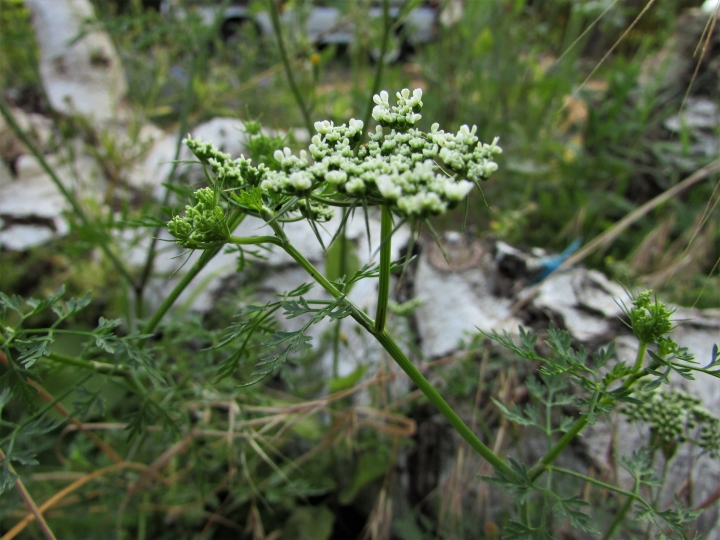
















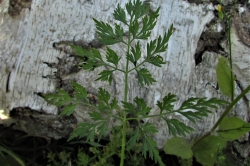
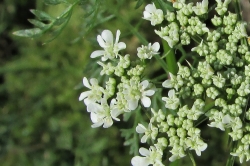
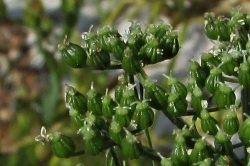
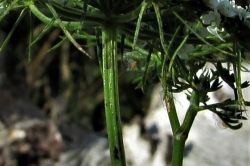
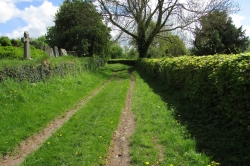
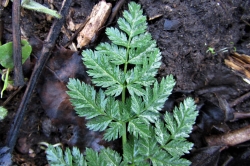





2 comments for Fool’s Parsley
Hi Do you know if it is safe to burn Fools parsley in a smudge stick ? Thanks
As it is a toxic plant I would not recommend it for burning where you might inhale some smoke. Does anybody know otherwise?